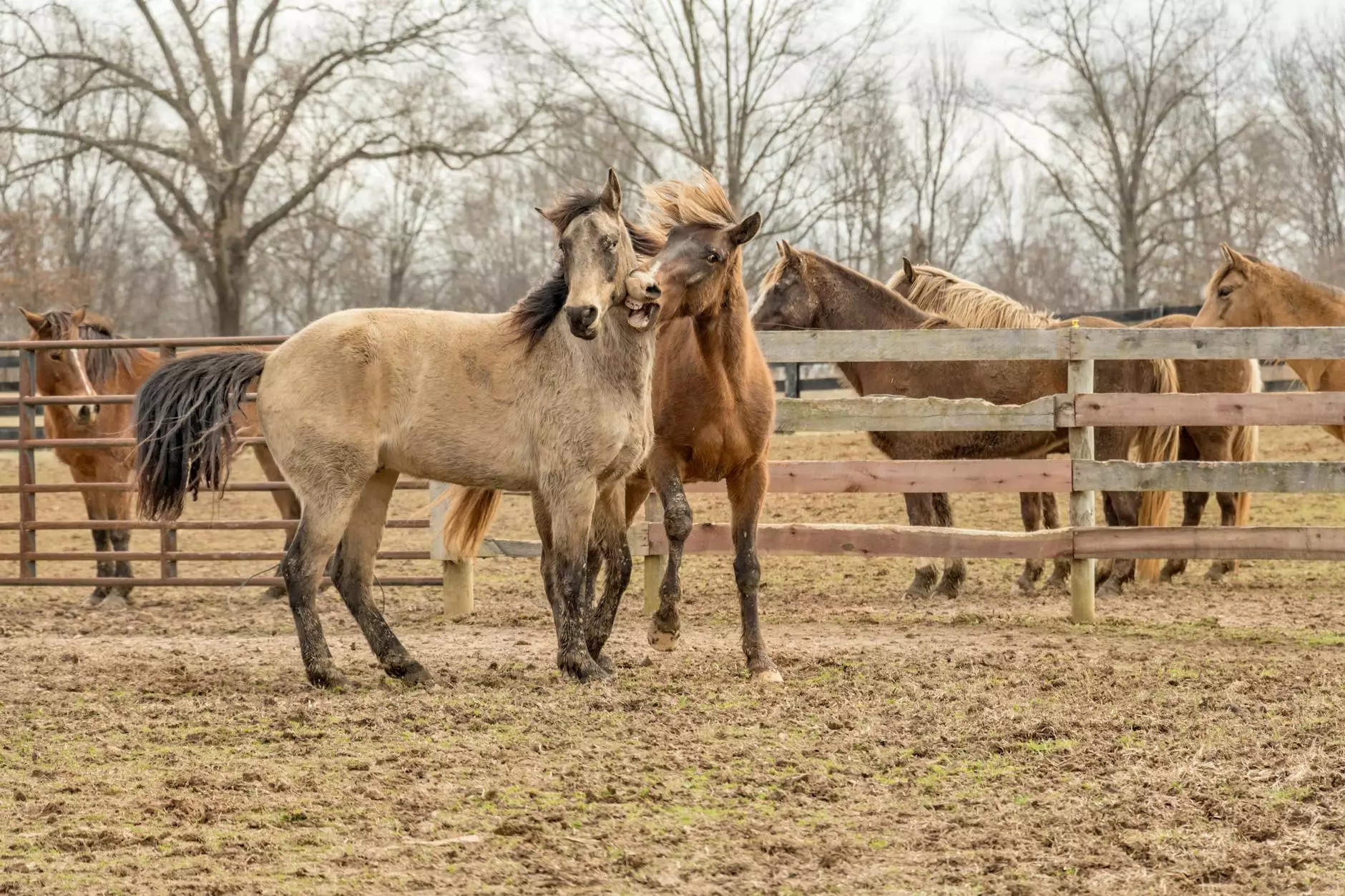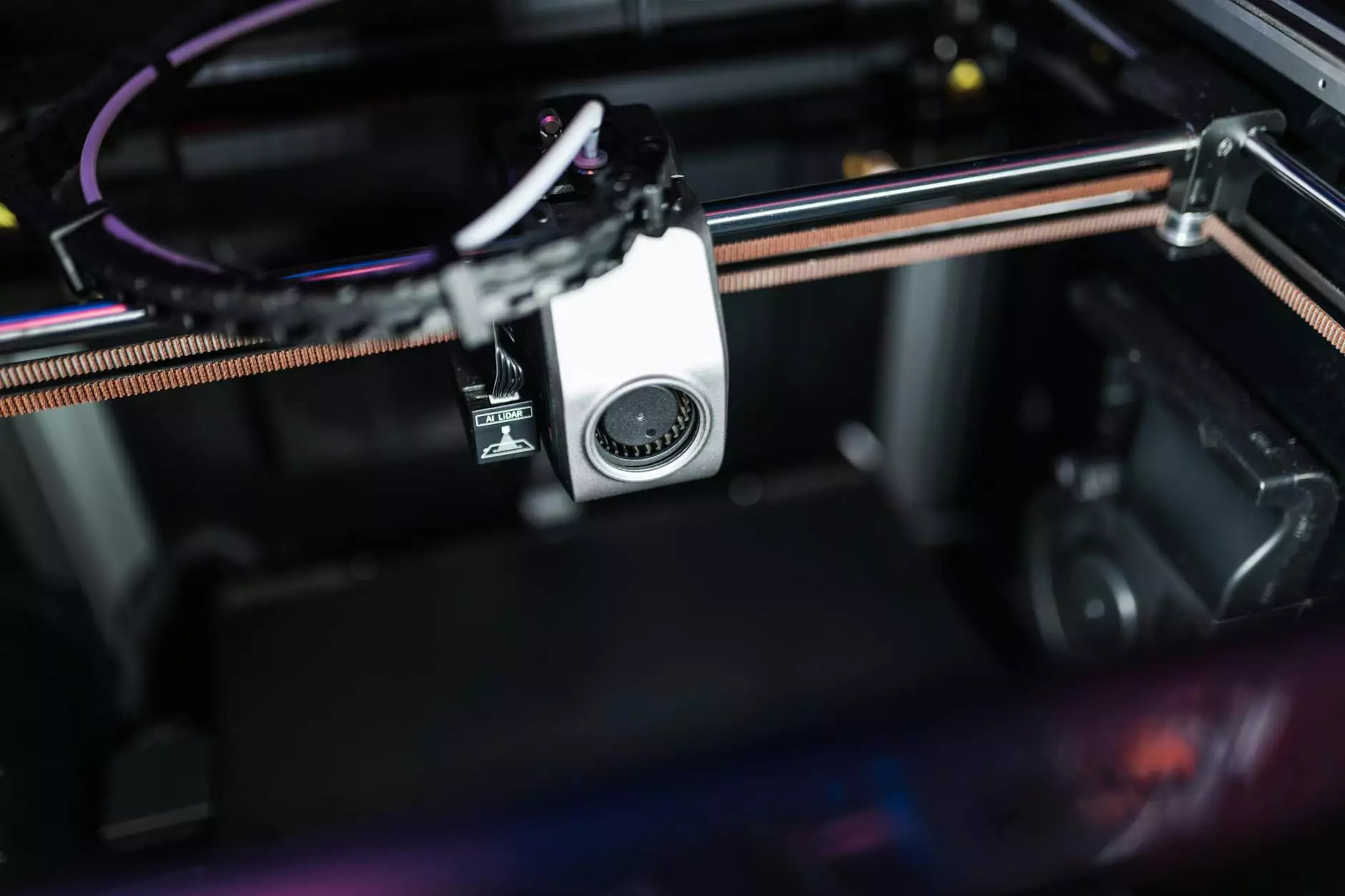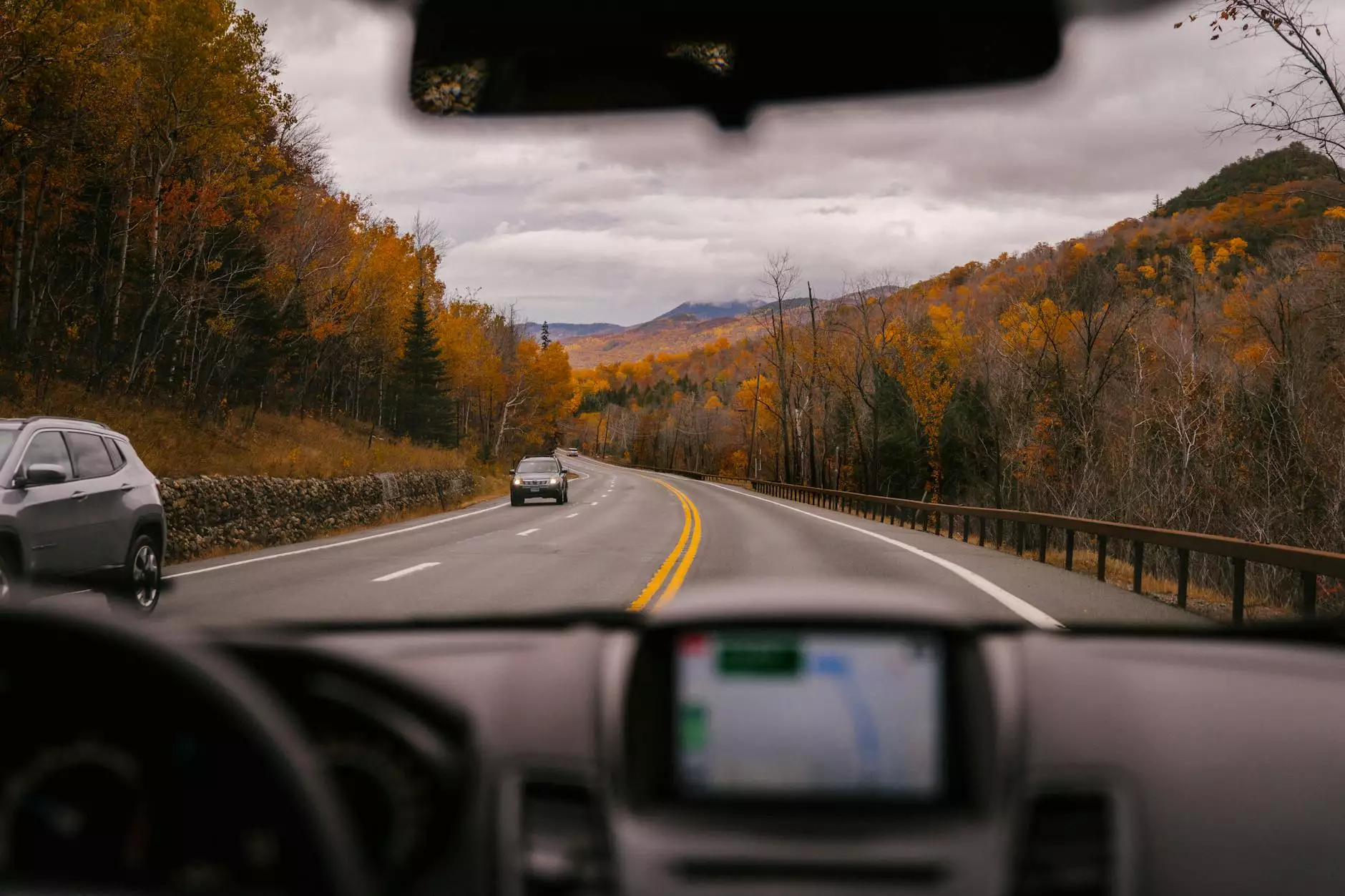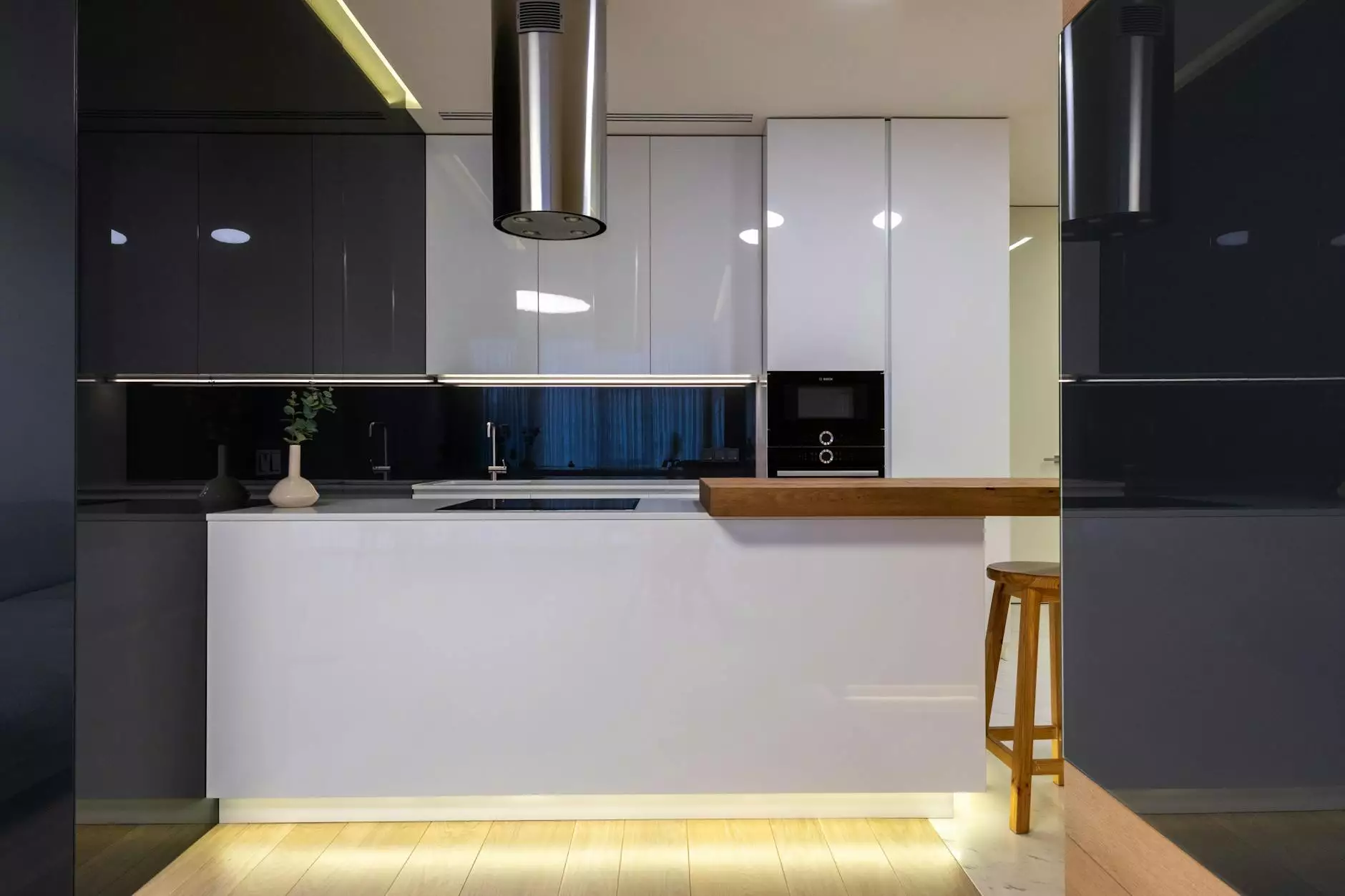Mastering Time Lapse Photography: A Comprehensive Guide
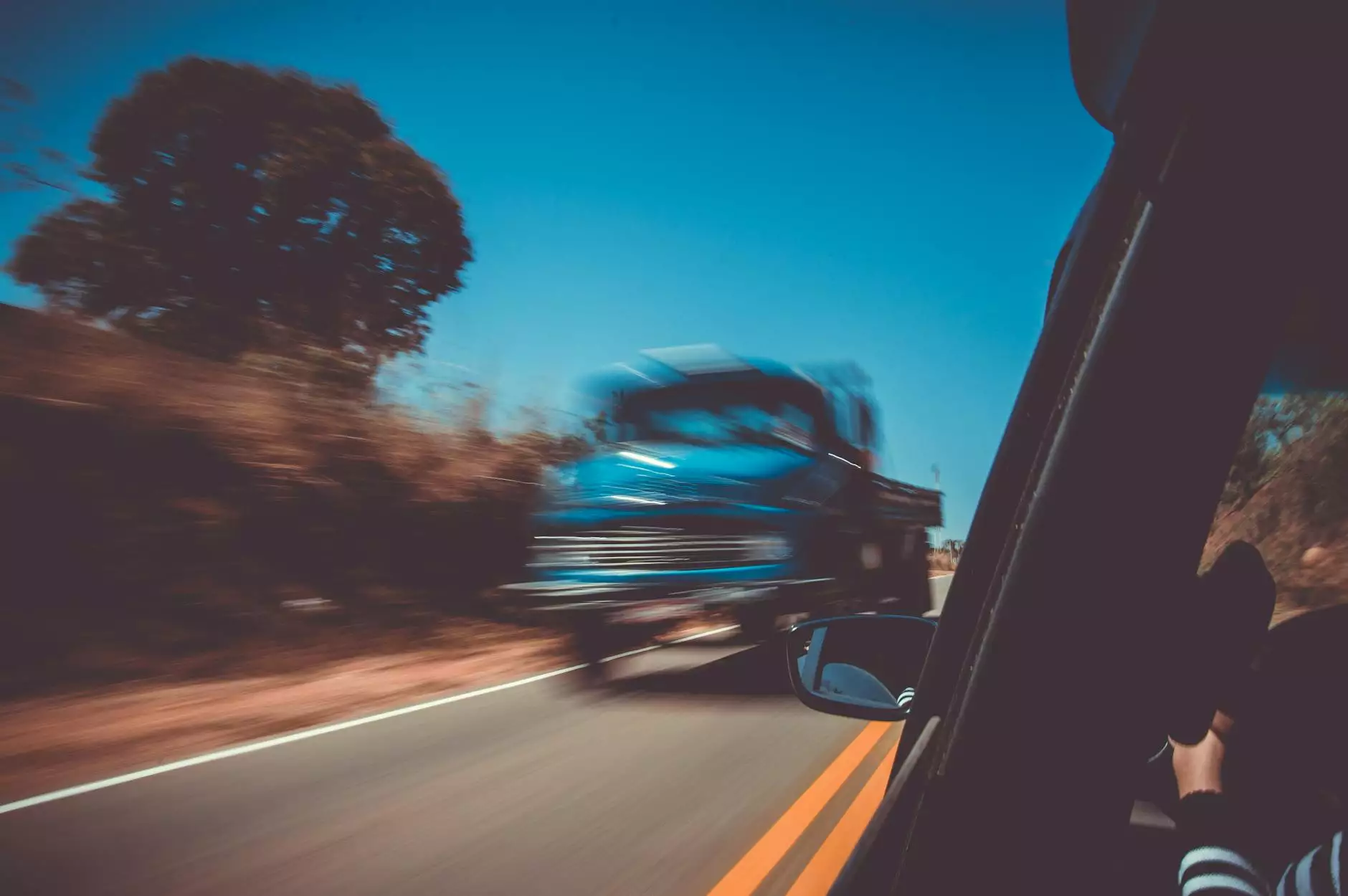
In the realm of photography, one particular technique has captivated audiences and artists alike: taking time lapse photos. This remarkable method enables photographers to condense hours, days, or even weeks into mere seconds, showcasing transformations and motion in ways that traditional photography cannot. In this extensive article, we delve deeply into the art, techniques, and equipment necessary for mastering time lapse photography.
What is Time Lapse Photography?
Time lapse photography involves capturing a series of images at set intervals over a period of time, which are then played back at high speed to create a video effect. This technique allows the viewer to see changes that happen slowly—like the blooming of a flower or the movement of clouds—condensed into a short video. To put it simply, time lapse photography transforms the mundane passage of time into visually engaging narratives.
The Science Behind Time Lapse Photography
Understanding the mechanics of how taking time lapse photos works is essential for any aspiring photographer. At its core, this technique hinges on two main components: interval and frame rate.
- Interval: The interval is the time between each frame captured. Depending on the subject matter and the desired effect, intervals can range from fractions of a second to several minutes.
- Frame Rate: This is the rate at which the captured images are played back. The standard frame rate is 24 frames per second (fps), which is also used in cinema. However, some projects may require 30 fps or even higher to create a smoother effect.
Choosing the Right Equipment
While the technique is fundamentally accessible to anyone with a camera, the right equipment can significantly enhance the quality of your time lapse photography. Here are some key pieces of equipment to consider:
Camera
Most modern cameras, including DSLRs, mirrorless systems, and even smartphones, have the capability to capture images suitable for time lapse photography. However, a camera with manual settings is preferable, allowing for complete control over exposure, shutter speed, and ISO.
Intervalometer
An intervalometer is a device that automatically triggers the camera at specified intervals. While some cameras have built-in intervalometers, external devices can provide greater flexibility and precision, essential for lengthy sessions.
Tripod
A sturdy tripod is crucial in taking time lapse photos to ensure consistent framing throughout the shoot. Even the slightest movement between shots can lead to undesirable results.
Additional Accessories
- Neutral Density Filters: Useful for controlling light exposure in bright conditions.
- External Battery Packs: To ensure your camera remains powered during long shoots.
- Wide-angle Lenses: Great for capturing expansive scenes or tightly-knit time lapse sequences.
Planning Your Shoot
Effective time lapse photography begins long before you press the shutter button. Careful planning can make or break your project. Here are some steps to consider:
Selecting the Right Subject
Choose a subject that lends itself well to time lapse. Popular options include:
- Natural Events: Weather changes, plant growth, and celestial movements such as star trails.
- Urban Life: The hustle and bustle of city streets or construction processes can provide compelling visual narratives.
- Artistic Projects: Creating a piece of art, such as painting or building, is visually stimulating when sped up.
Setting Goals and Expectations
Before beginning your shoot, set clear goals. Determine your desired outcome, whether it’s a specific duration for playback or particular visual effects. Proper expectations help in planning the intervals and overall shooting strategy.
Choosing the Right Location and Time
Scout your filming locations to identify the best time of day and the best angles. Morning and evening often provide optimal lighting conditions. Pay attention to weather patterns as they can significantly affect both your imagery and the mood of your time lapse.
Techniques for Taking Time Lapse Photos
While the basic method of taking time lapse photos involves capturing images over time, employing various techniques can enhance your results greatly. Here are some invaluable tips:
Consistent Exposure
Maintain consistent exposure settings throughout your shoot, especially if the lighting conditions are stable. If you're shooting over an extended period, consider using manual settings to prevent changes in exposure affecting the continuity of the final video.
Motion Control
For dynamic time lapses, such as those showcasing a moving subject (like a train or vehicle), you might explore motion control rigs. These tools allow a camera to be moved smoothly during the interval capture, adding dimension and excitement to your video.
Post-Processing Techniques
Post-processing is where much of the magic happens. Tools such as Adobe Premiere Pro, Final Cut Pro, or dedicated time lapse software can help you compile your images into a video. Color correction, stabilization, and applying transitions can significantly enhance the viewer's experience.
Showcasing Your Time Lapse Photography
Once your time lapse video is complete, it’s time to share it with the world! Platforms such as Vimeo, YouTube, and social media channels are excellent for showcasing your work. Be sure to engage your audience with compelling descriptions and tags to optimize reach and visibility.
Conclusion: The Future of Time Lapse Photography
As technology continues to evolve, so does the world of photography, offering new tools, techniques, and platforms to experiment with. Taking time lapse photos is not just a passing trend; it’s a captivating way to communicate stories and capture the beauty of change. Whether you’re a budding photographer or a seasoned pro, the journey into time lapse photography can be both rewarding and exhilarating.
Explore the resources available at bonomotion.com, where you can find photography services and connect with professionals who share your passion for capturing the essence of time through photography.
Further Reading and Resources
- Photography Stores & Services - Explore local options for high-quality photography equipment.
- Photographers - Connect with talented photographers who specialize in time lapse projects.
- Real Estate Photography - Learn how time lapse can enhance property showcases and real estate listings.




